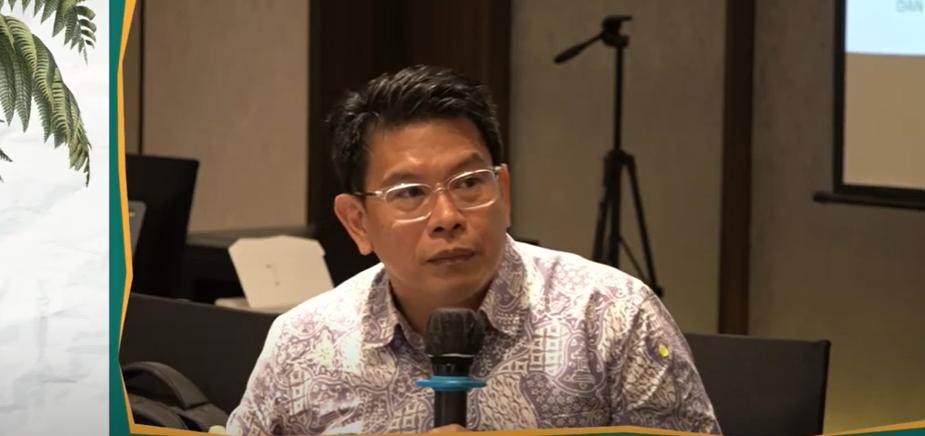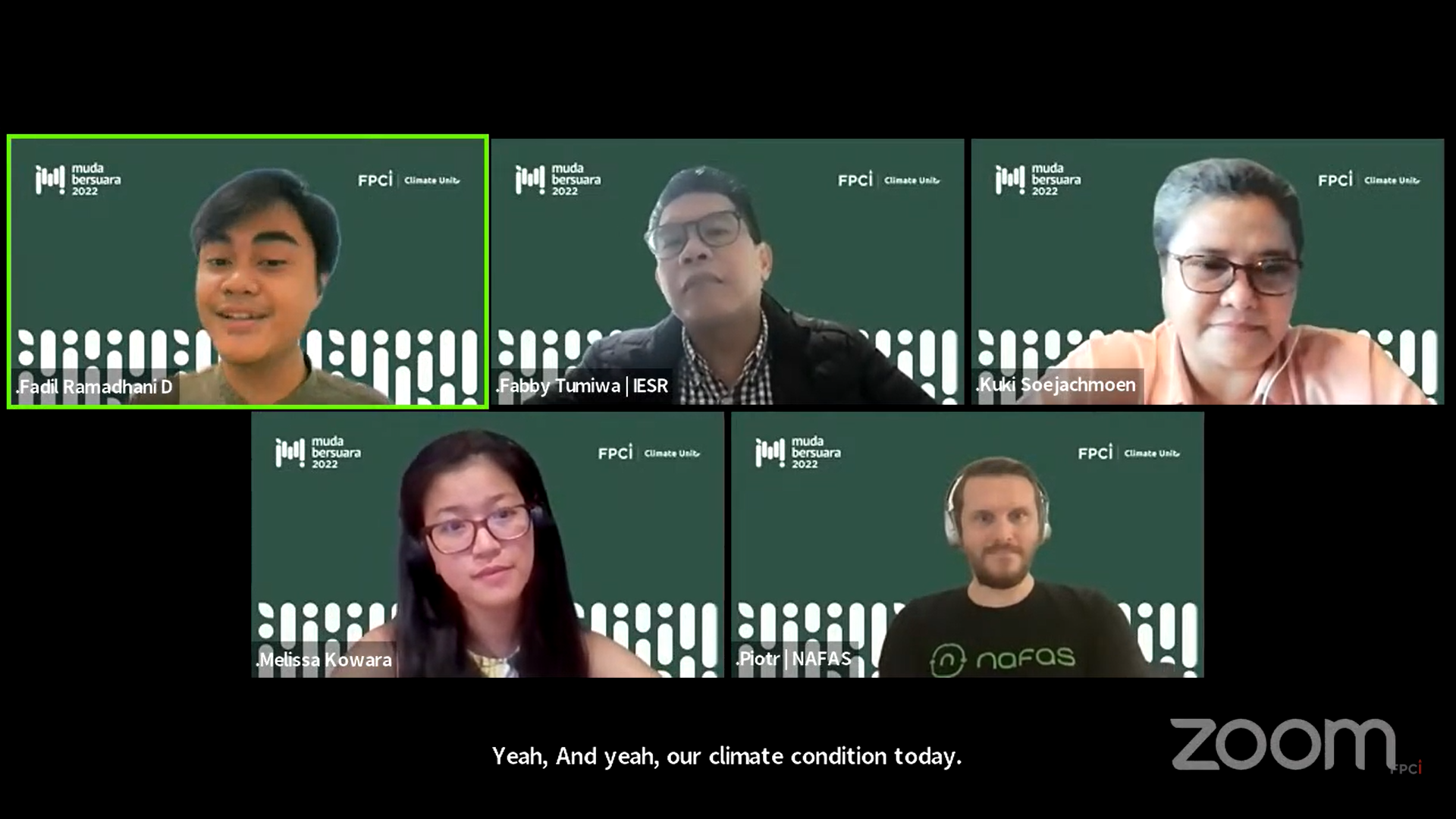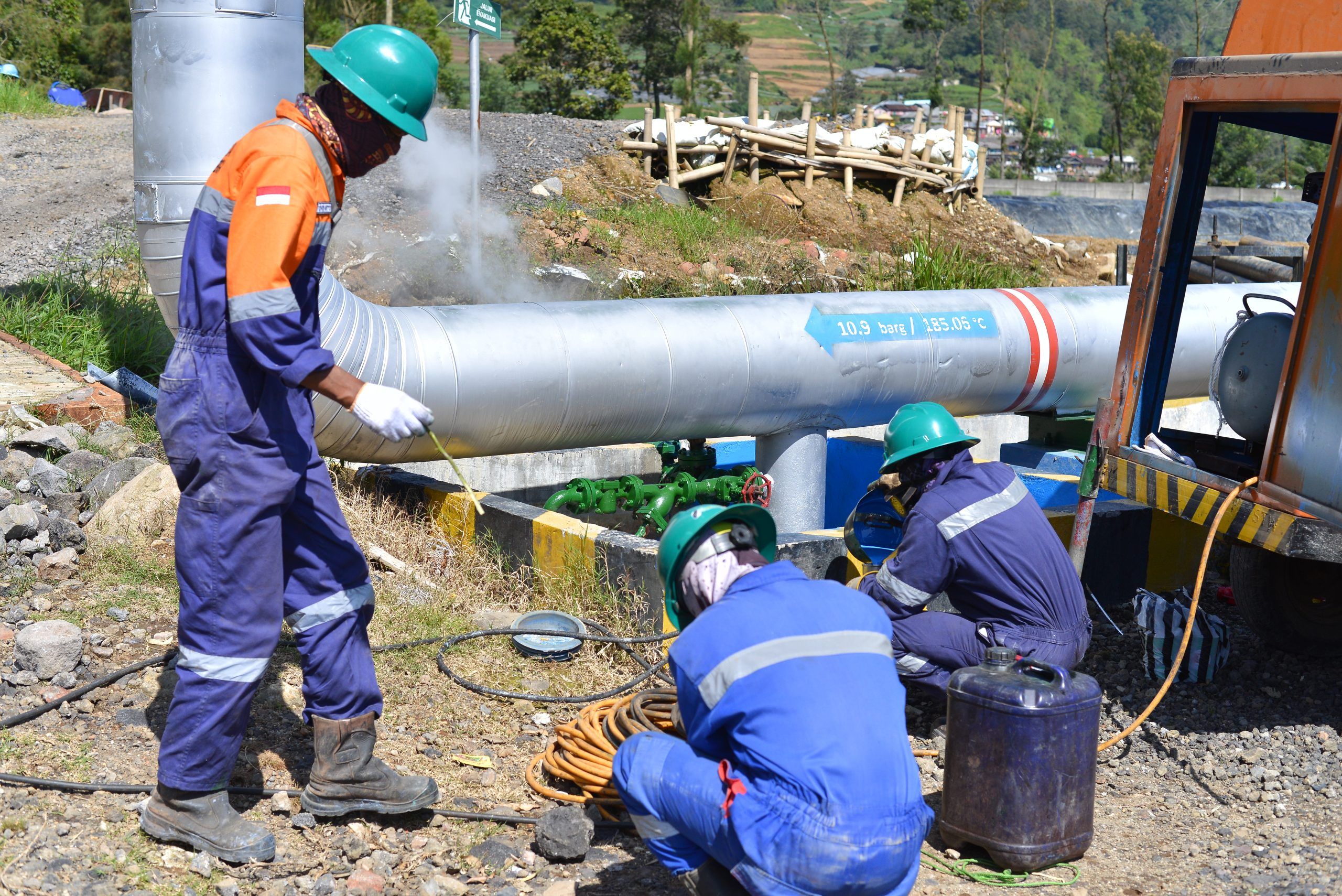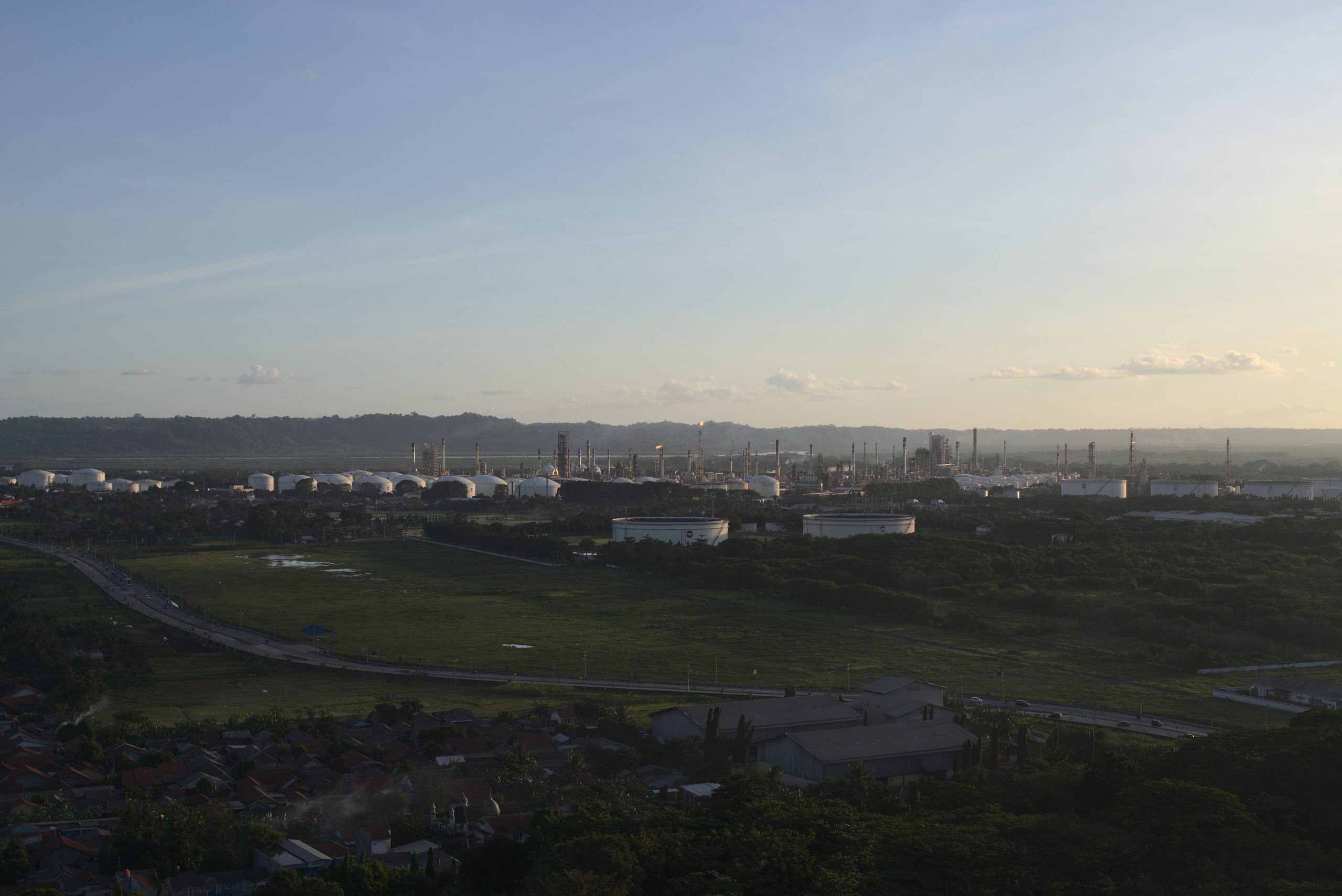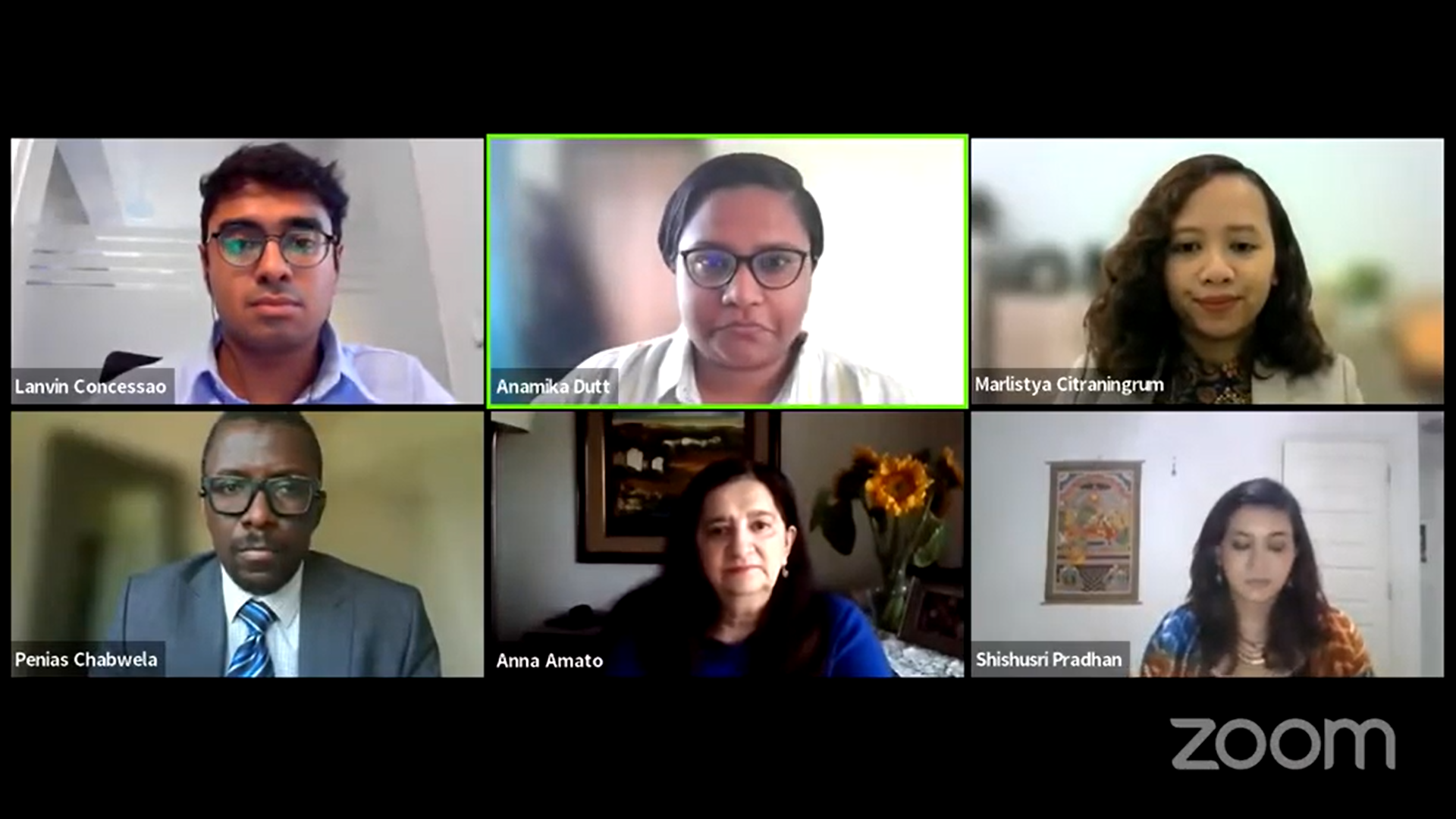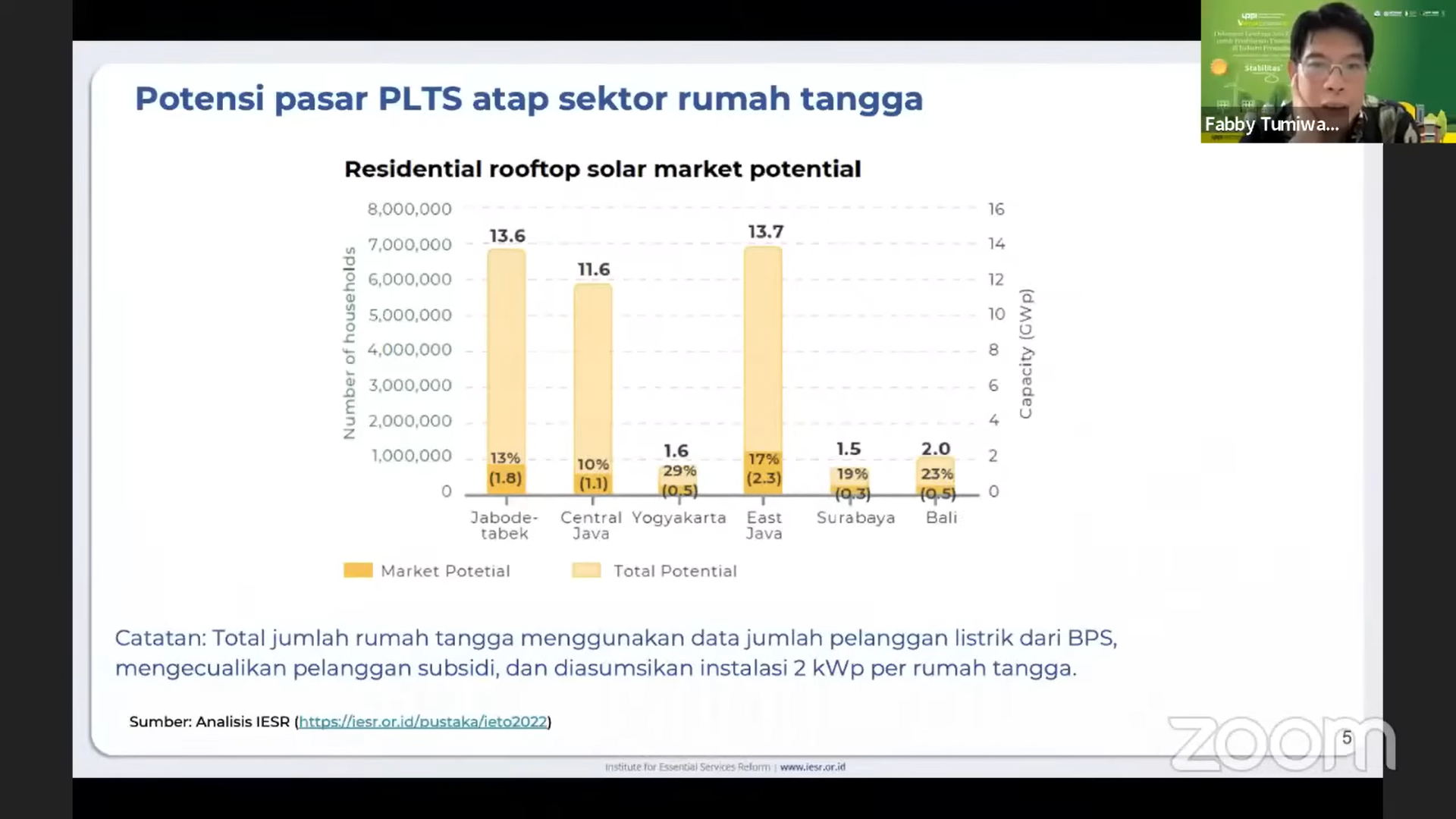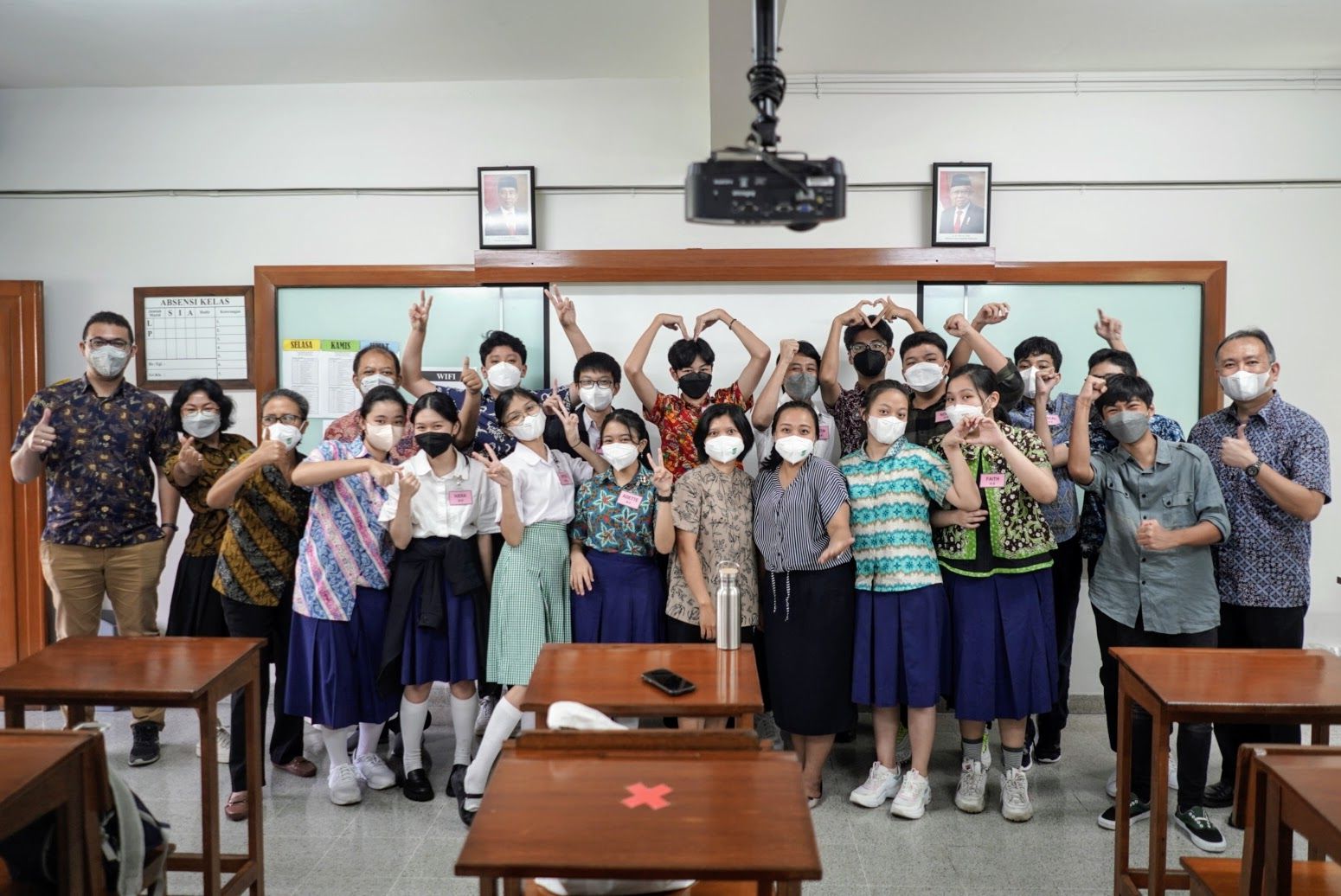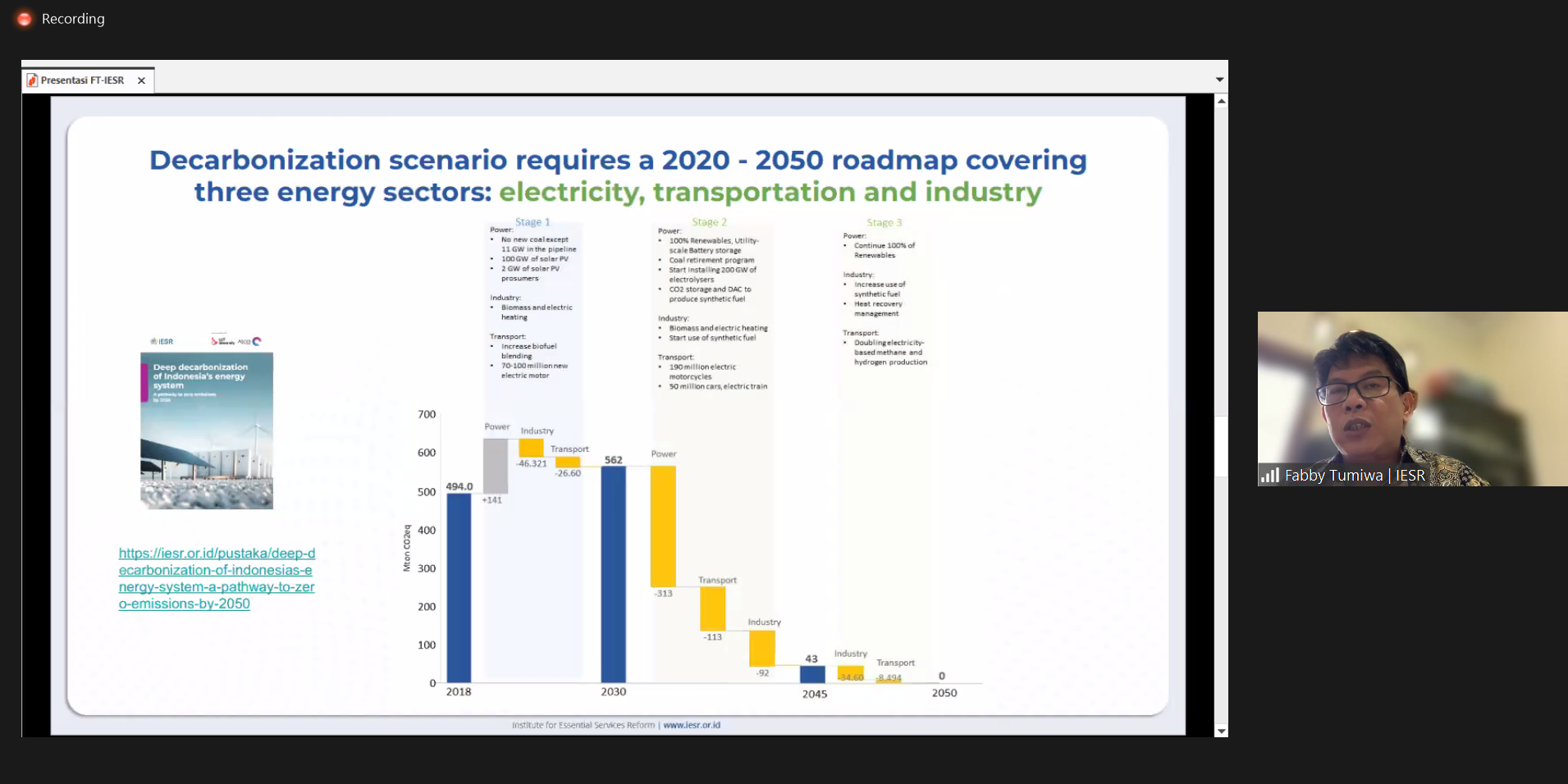Climate justice is the most urgent issue of a generation. Especially for those who have a mission to free Indonesia from the threat of climate crisis and ecological crisis in a democratic political order based on human rights principles. Torry Kuswardono, Executive Director of the PIKUL Foundation, emphasized the importance of understanding climate justice…
